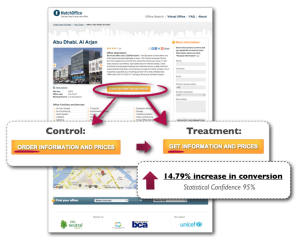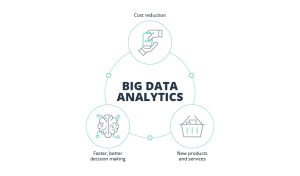Don’t Leave Any Demo Behind In Alt Measurement Movement
The tectonic plates of media measurement are moving, as digital media behaviors upend decades-old approaches to measuring the world of TV audiences and advertising, giving impetus to the rise of the alt measurement movement, one of the biggest stories in our industry today.
I, for one, can’t wait to see sex- and age-delineated gross rating points take a back seat to more granular audience metrics for TV ad targeting and measurement.
It’s great to see Nielsen move forward with its next generation Nielsen One product. And it’s refreshing to see other alternative measurement suppliers doing deals with media owners and ad buyers to complement or supplant TV advertising’s historic primary and secondary currencies, as audiences continue to fragment across broadcast, cable, satellite and, most importantly, fast-growing streaming channels.
Connected, smart TVs are helping power many of these new measurements, and the availability of real-time viewing data from many tens of millions of viewers is a huge boost to the world. However, it is important that we don’t let the scale of this data blind us from some of its critical biases, particularly when we are talking about how it can help us better value and allocate the $80 billion or so of advertising spend in the U.S. this year on television and streaming properties.
The use of these smart TV datasets in TV advertising currencies is game-changing, but will need to be balanced and hybridized with significant amounts of viewing data from households that don’t have fixed broadband Internet at home — the “return path” for the collection of smart TV data.
Pew research informs us that Black, Hispanic and lower-income households are significantly less likely to have fixed broadband in their homes. Many of them don’t have cable or satellite TV either, relying on broadcast TV signals, which have actually become much more robust over the past 10 years with the introduction of digital antennas prebuilt into new TVs, and many dozens of new multicast networks that offer programming free to air.
Thus, not only do so many non-Internet households get their local news and sports games for free over antennas, but they are also getting alternative language programming as well. As our industry is finally paying attention to the problems of decades of under-investing in programming and advertising for Black, Hispanic and lower-income populations, it is critical that we don’t forget them with our embrace of alternative measurements.
This isn’t hard to solve. Nielsen has been balancing its panel for appropriate representation of Blacks, Hispanics and lower-income. So too can those who want to supplement or unseat their measurements.
What do you think?
(15)
Report Post





